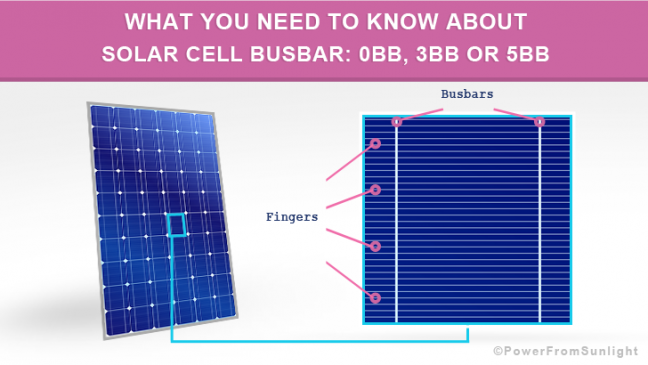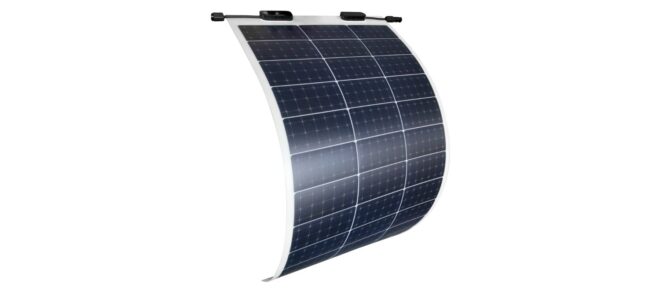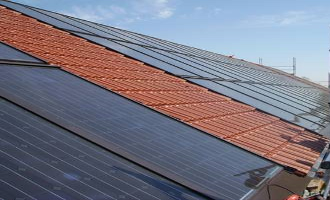
Thin-film solar panels utilize a second-generation technology that differs from the crystalline silicon modules. These solar cells are manufactured using multiple or a single layer of PV elements over a surface comprised of a variety of metal, plastic, or glass.
If you need to know more about thin film solar cells please read this article here,
Thin-film solar cells have many advantages, only holding a few disadvantages to them Below are the most crucial benefits and drawbacks of this technology.
Advantages of Thin film solar cells :
- Thin-film solar cells are lighter than c-Si PV modules
- It needs less material to make PV modules
- Perfect for portable applications
- It has high resistance to degradation
- High efficiency for most technologies
- It has lower thermal losses at severe temperatures because of the low-temperature coefficient
Disadvantages Thin film solar cells:
- It needs more installation space to accomplish the same generation capacity as the c-Si module
- It has less availability in the market
- It has a higher retail cost
Thin-film solar technology might not be as common as crystalline silicon, but it has a promising future. It opens doors that aren’t available for c-Si panels. With further research for thin-film solar cells, it could be adapted to even more applications and possibly improve its market value not just in big-scale purposes but also in small residential and commercial sectors.






